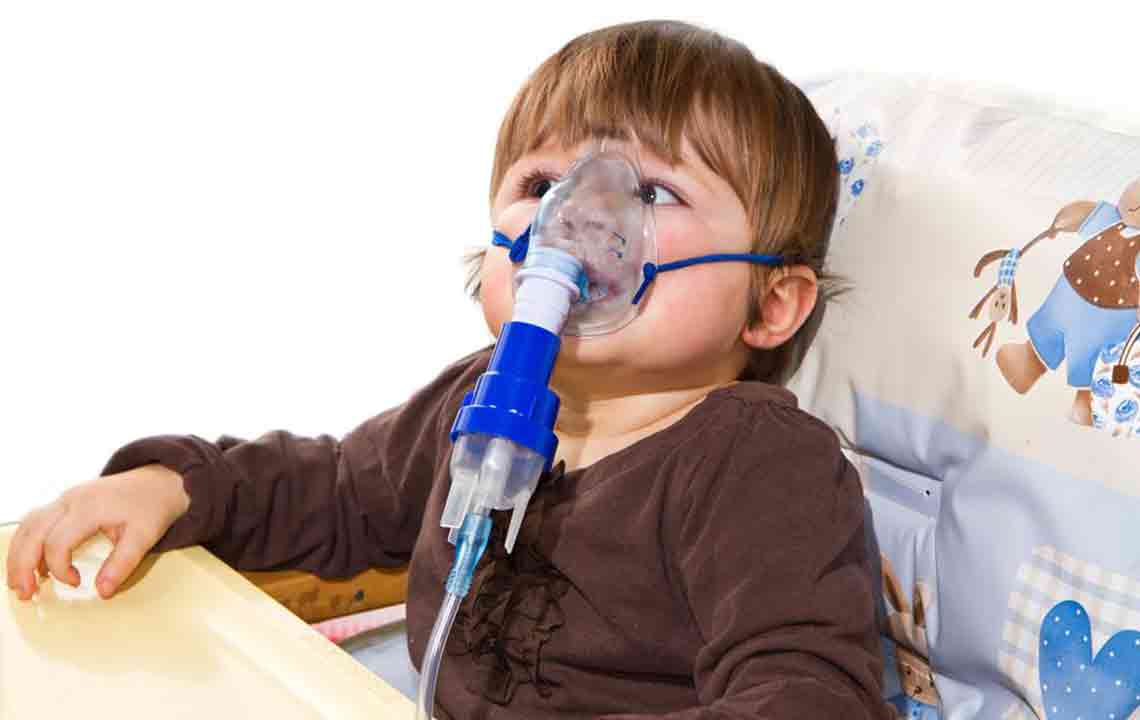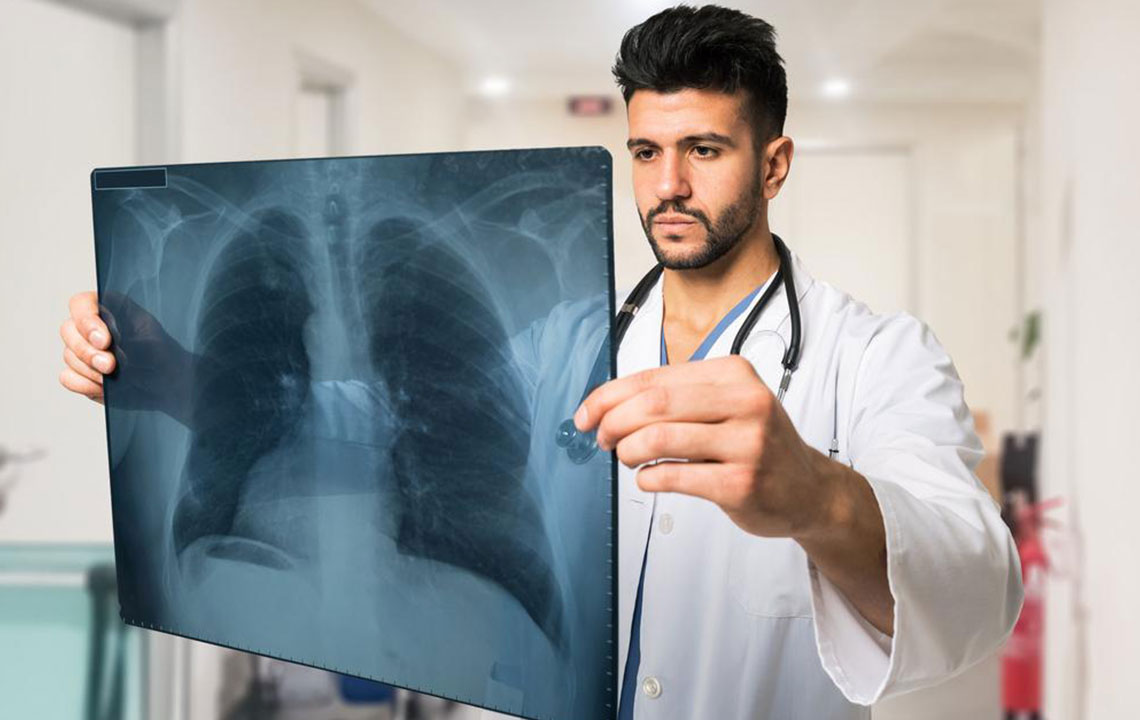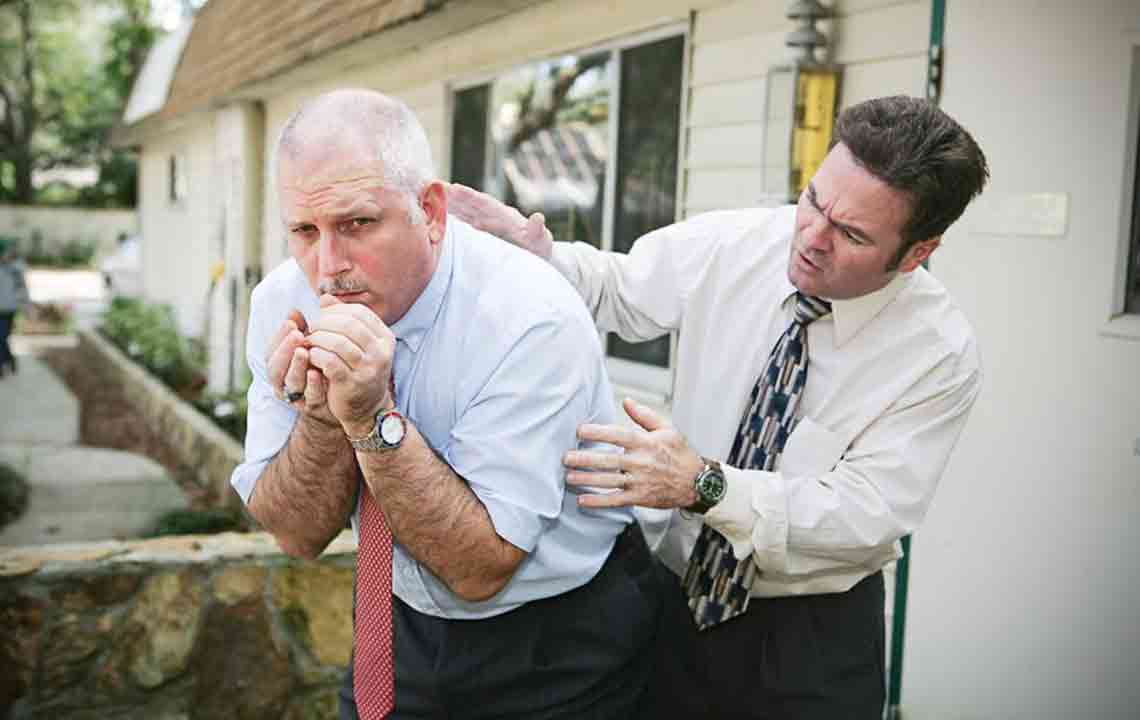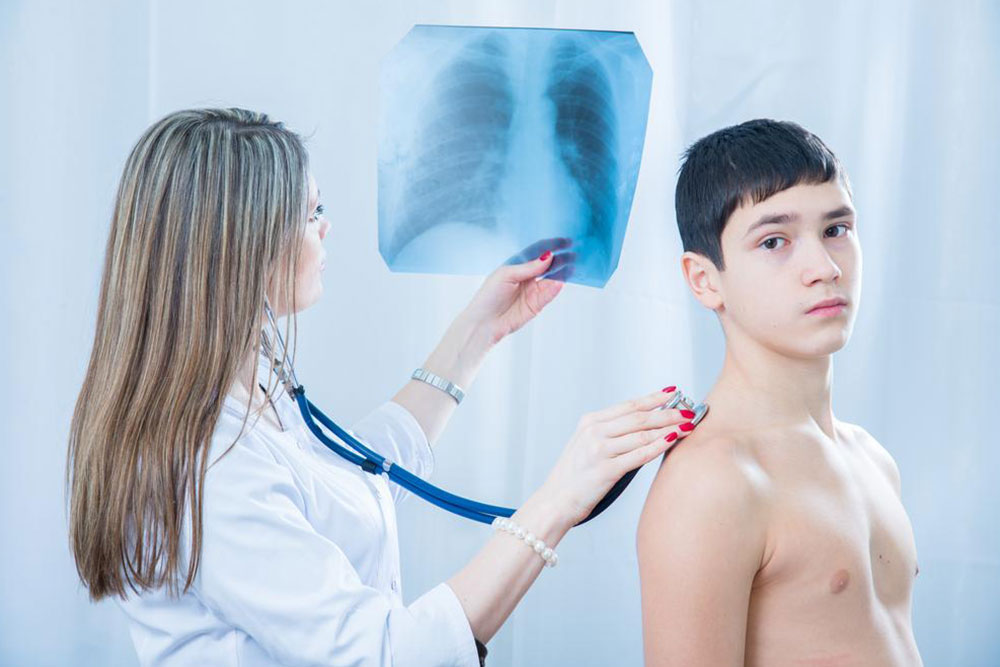Recognizing Pneumonia Symptoms and Its Causes
Pneumonia is a lung infection causing inflammation in the air sacs, leading to breathing issues. It can stem from bacteria, viruses, fungi, or airborne irritants, with symptoms like cough, fever, chest pain, and shortness of breath. The condition varies based on the cause and location, such as hospital or community settings. Early diagnosis and treatment with medications are crucial for recovery. Understanding the different types and signs of pneumonia helps in timely management, reducing complications and improving outcomes.

Pneumonia is a widespread respiratory condition affecting individuals of all ages. It involves an infection that inflames the lungs, particularly the air sacs known as alveoli, which can fill with fluid or pus, causing breathing difficulties. Symptoms often mimic those of the flu, leading to potential confusion, but pneumonia differs greatly in cause and severity. It can be triggered by bacteria, viruses, fungi, or airborne irritants, with symptoms varying based on the specific cause and location of infection.
There are several types of pneumonia classified by their origin and affected area. Bacterial pneumonia is the most frequent, while viral pneumonia mostly affects older adults and tends to be less severe. Mycoplasma pneumonia, caused by organisms sharing traits of both bacteria and viruses, often impacts teenagers and young adults. Fungal pneumonia results from inhaling fungi or bird droppings, primarily affecting those exposed to high fungal concentrations.
Pneumonia can also be categorized by where it was acquired: hospital-acquired (HAP), community-acquired (CAP), aspiration pneumonia resulting from food or saliva entering the lungs, or ventilator-associated (VAP) affecting ventilator users. The presence of specific symptoms depends on the pneumonia type, with signs such as cough, fever, chills, shortness of breath, chest pain, headache, fatigue, and loss of appetite. In older adults, confusion is common. High fevers, rapid breathing, bluish lips, and mucus-producing coughs are characteristic of bacterial and viral pneumonia. Viral pneumonia initially resembles the flu but worsens rapidly within 12-36 hours, showing severe shortness of breath and bluish extremities.
Effective treatment begins after diagnosis through blood and other tests, typically involving antibiotics, antivirals, or antifungal medications. Most patients improve within a couple of days of therapy.










